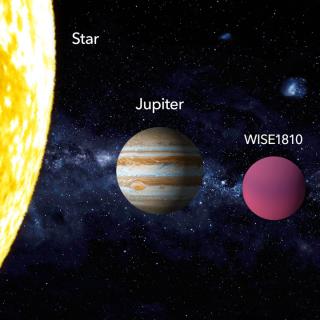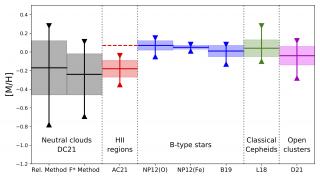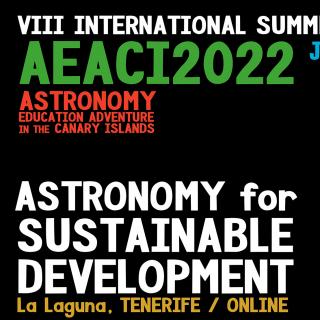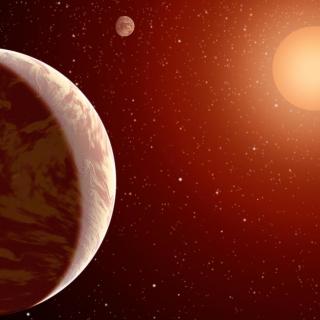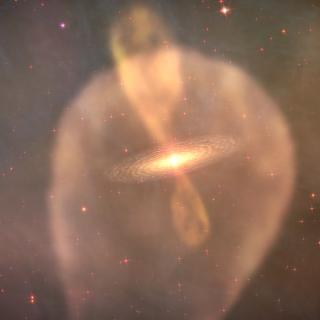
Research led by the University of Chicago and the Instituto de Astrofísica de Canarias (IAC) has shown the existence of exoplanets with water and rock around type M dwarf stars, which are the most common in the Galaxy. The results are published in the prestigious journal Science. A detailed analysis of the masses and the radii of all 43 known exoplanets around M stars, which make up 80% of the stars in the Milky Way, has led to a surprising discovery, entirely led by the researchers Rafael Luque, of the University of Chicago and the Instituto de Astrofísica de Andalucía (IAA-CSIC) and Enric
Advertised on
